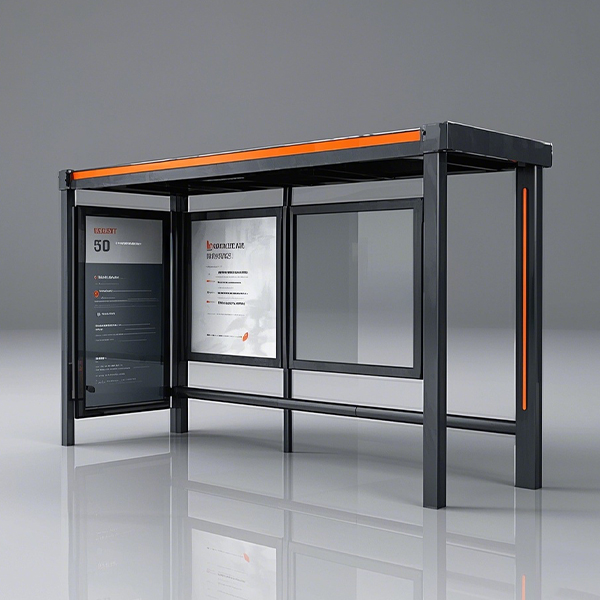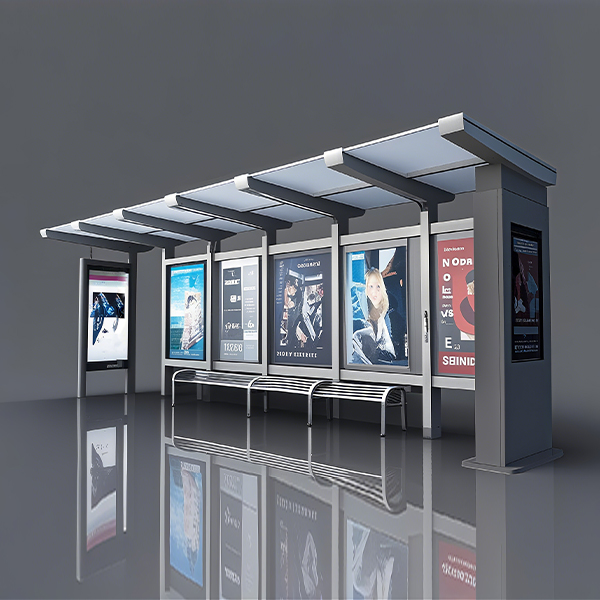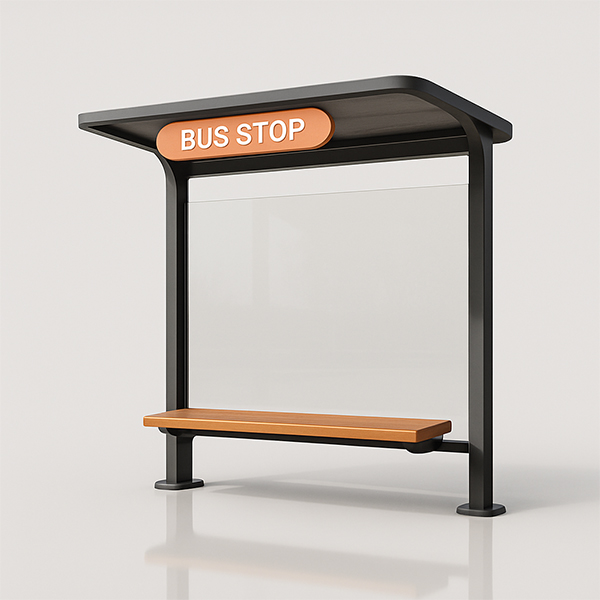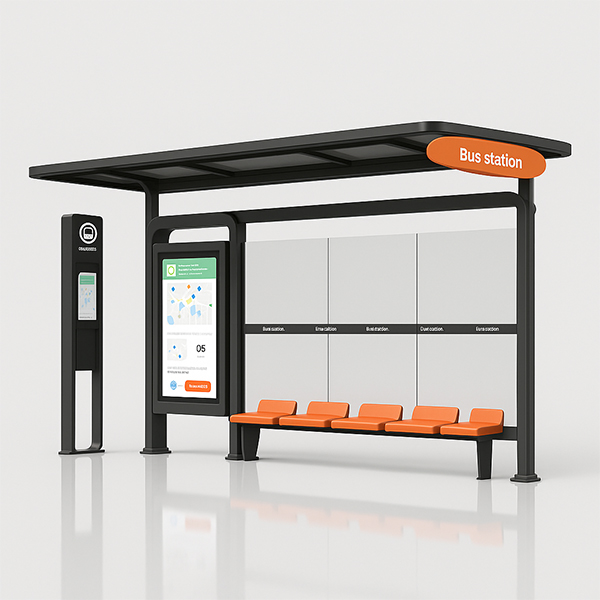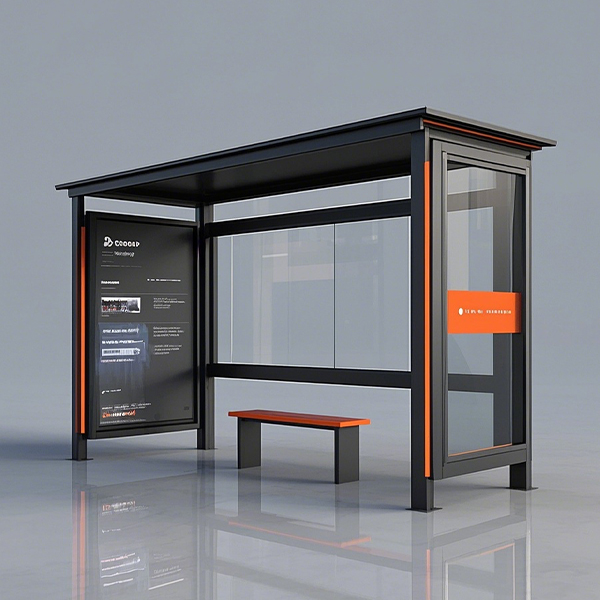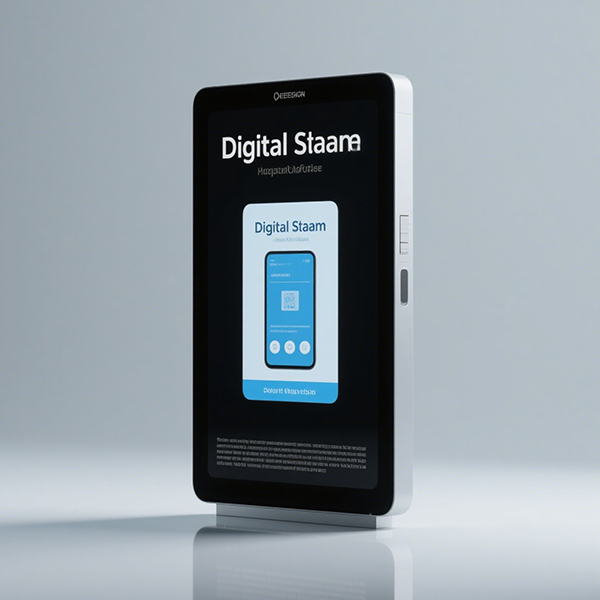
Prefabricated Bus Shelter
Discover the benefits, types, and considerations for choosing prefabricated bus shelters. This guide covers everything from design and materials to installation and maintenance, ensuring you find the perfect solution for your needs. Learn about different styles, sustainable options, and cost-effective choices for enhancing public transportation spaces.
Understanding Prefabricated Bus Shelters
What are Prefabricated Bus Shelters?
Prefabricated bus shelters are pre-assembled structures manufactured off-site and transported for on-site installation. This method offers significant advantages over traditional on-site construction, including faster installation times, reduced costs, and improved quality control. They provide a safe and comfortable waiting area for passengers, protecting them from the elements. Shandong Luyi Public Facilities Co., Ltd. (https://www.luyismart.com/) is a leading provider of high-quality prefabricated bus shelters.
Advantages of Prefabricated Bus Shelters
Choosing prefabricated bus shelters offers several key benefits:
- Faster Installation: Significantly reduces installation time compared to traditional construction.
- Cost-Effectiveness: Often more affordable due to efficient manufacturing and reduced labor costs.
- Improved Quality Control: Manufactured in a controlled environment, ensuring consistent quality and precision.
- Durability and Longevity: Constructed with durable materials designed to withstand various weather conditions.
- Customization Options: Available in a range of designs, sizes, and materials to suit different aesthetic preferences and functional requirements.
- Reduced Disruption: Minimizes disruption to traffic and pedestrian flow during installation.
Types of Prefabricated Bus Shelters
Material Options
Prefabricated bus shelters are available in a variety of materials, each with its own advantages and disadvantages:
| Material | Advantages | Disadvantages |
|---|---|---|
| Aluminum | Lightweight, durable, corrosion-resistant | Can be more expensive than steel |
| Steel | Strong, durable, cost-effective | Susceptible to rust without proper coating |
| Glass | Provides good visibility, modern aesthetic | Can be fragile, requires careful handling |
| Wood | Aesthetically pleasing, sustainable | Requires regular maintenance, susceptible to rot and insects |
Design Considerations
The design of a prefabricated bus shelter should consider factors such as passenger capacity, accessibility, safety, and aesthetics. Features like seating, lighting, advertising panels, and real-time information displays can enhance user experience. Sustainable design elements, such as solar panels and energy-efficient lighting, are increasingly popular choices.
Choosing and Installing Your Prefabricated Bus Shelter
Factors to Consider
When choosing a prefabricated bus shelter, consider factors like budget, location, passenger volume, local regulations, and desired features. Obtaining necessary permits and approvals is crucial before installation. Professional installation is recommended to ensure proper placement and structural integrity.
Maintenance and Upkeep
Regular maintenance is essential to extend the lifespan of your prefabricated bus shelter. This may include cleaning, repairs, and periodic inspections to identify and address any potential issues.
Conclusion
Prefabricated bus shelters offer a practical and efficient solution for enhancing public transportation infrastructure. By carefully considering the various factors discussed in this guide, you can choose the perfect shelter to meet your specific needs and create a safe, comfortable, and inviting waiting environment for passengers.
Соответствующая продукция
Соответствующая продукция
Самые продаваемые продукты
Самые продаваемые продукты-
 Semi-enclosed Bus Stop
Semi-enclosed Bus Stop -
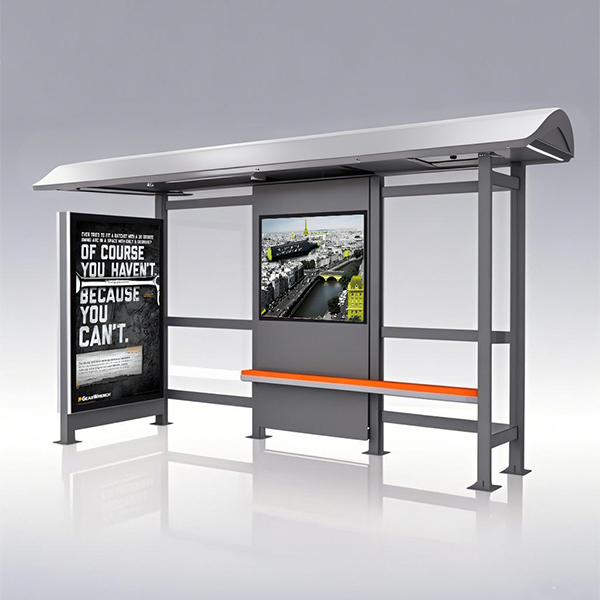 Curved Shed Bus Stop Shelter
Curved Shed Bus Stop Shelter -
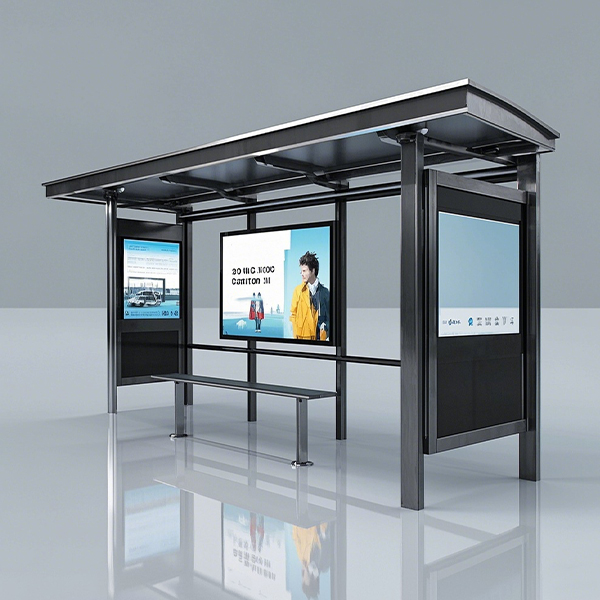 Three Advertising Box Bus Stop Shelter
Three Advertising Box Bus Stop Shelter -
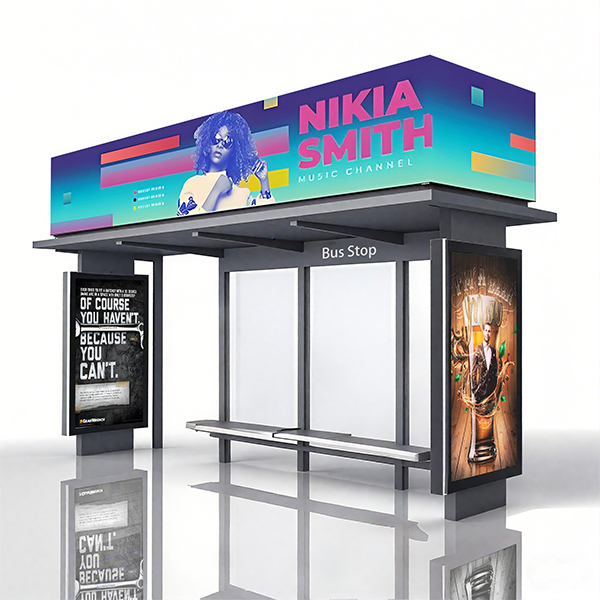 Rooftop Advertising Bus Stop Shelter
Rooftop Advertising Bus Stop Shelter -
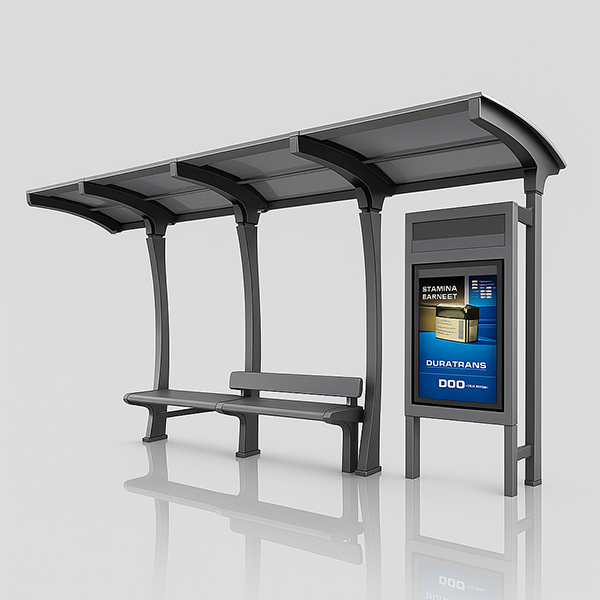 Curved Shed Bus Shelter
Curved Shed Bus Shelter -
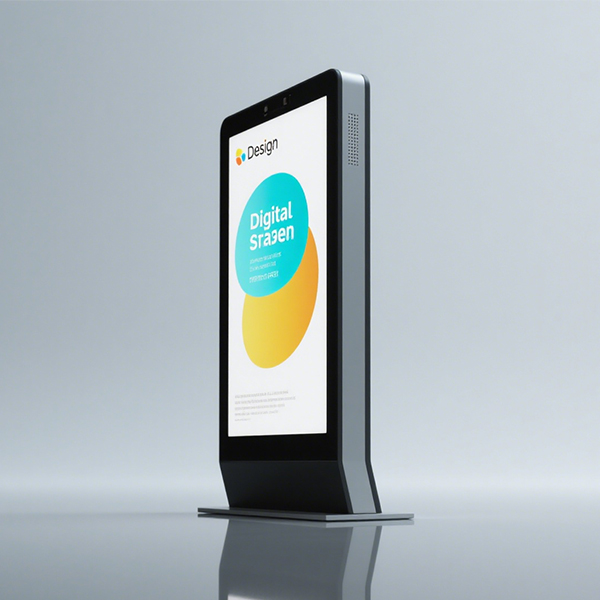 Digital Signage
Digital Signage -
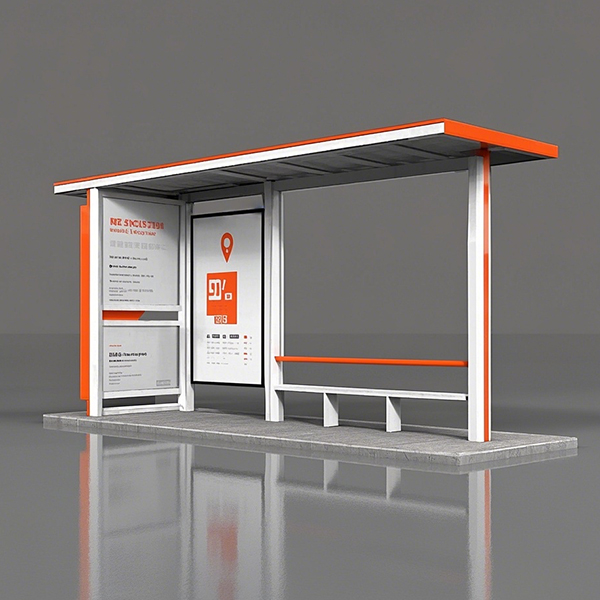 Simple Bus Shelter
Simple Bus Shelter -
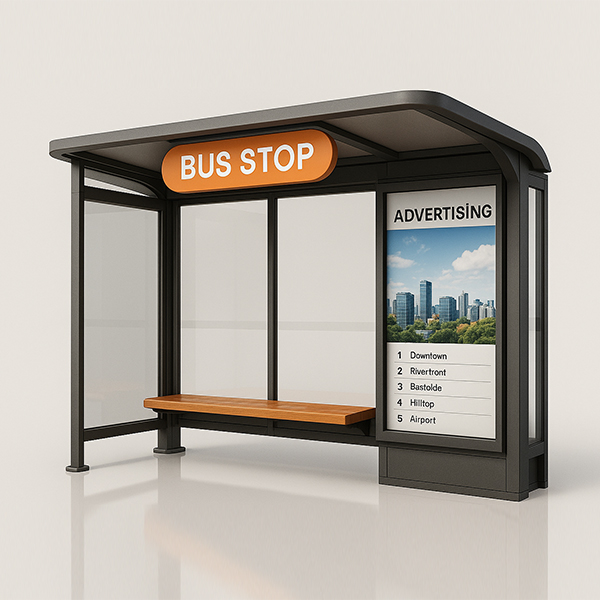 Single Light Box Bus Stop
Single Light Box Bus Stop -
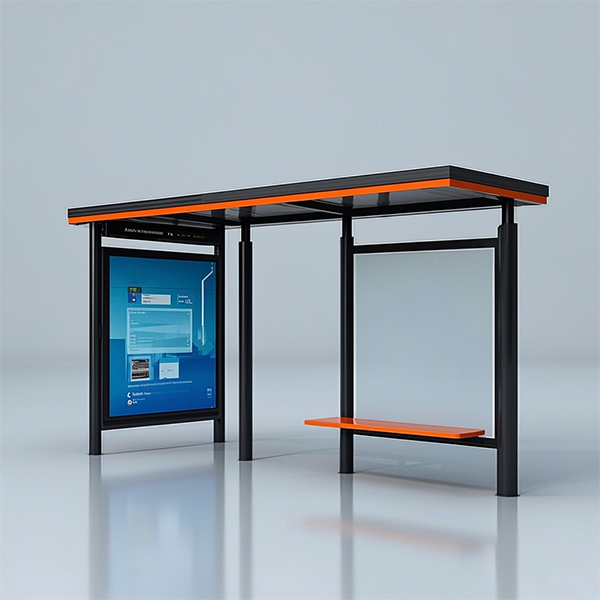 Bus Stop Shelter
Bus Stop Shelter -
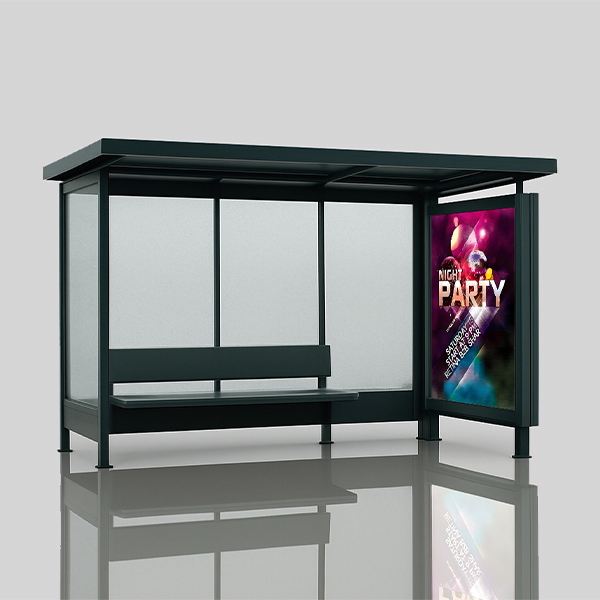 Semi-enclosed Bus Stop Shelter
Semi-enclosed Bus Stop Shelter -
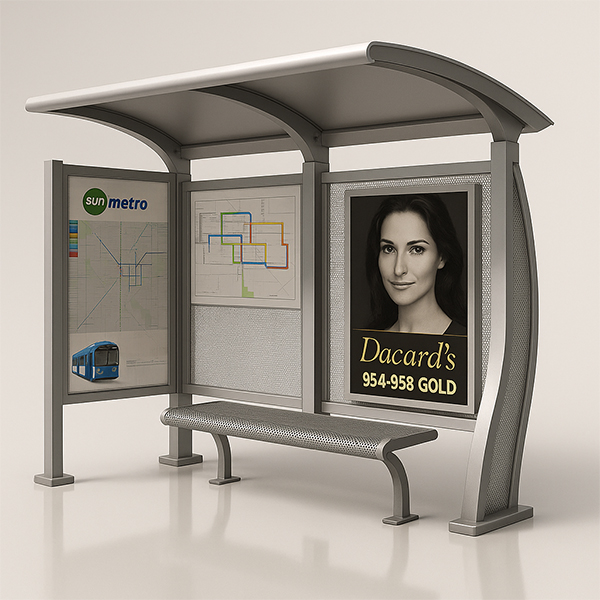 Curved Shed Bus Stop Shelter
Curved Shed Bus Stop Shelter -
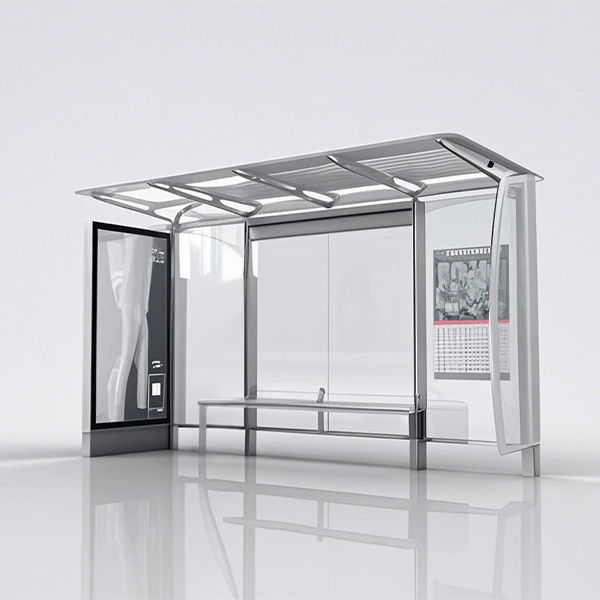 Stainless Steel Bus Shelter
Stainless Steel Bus Shelter







